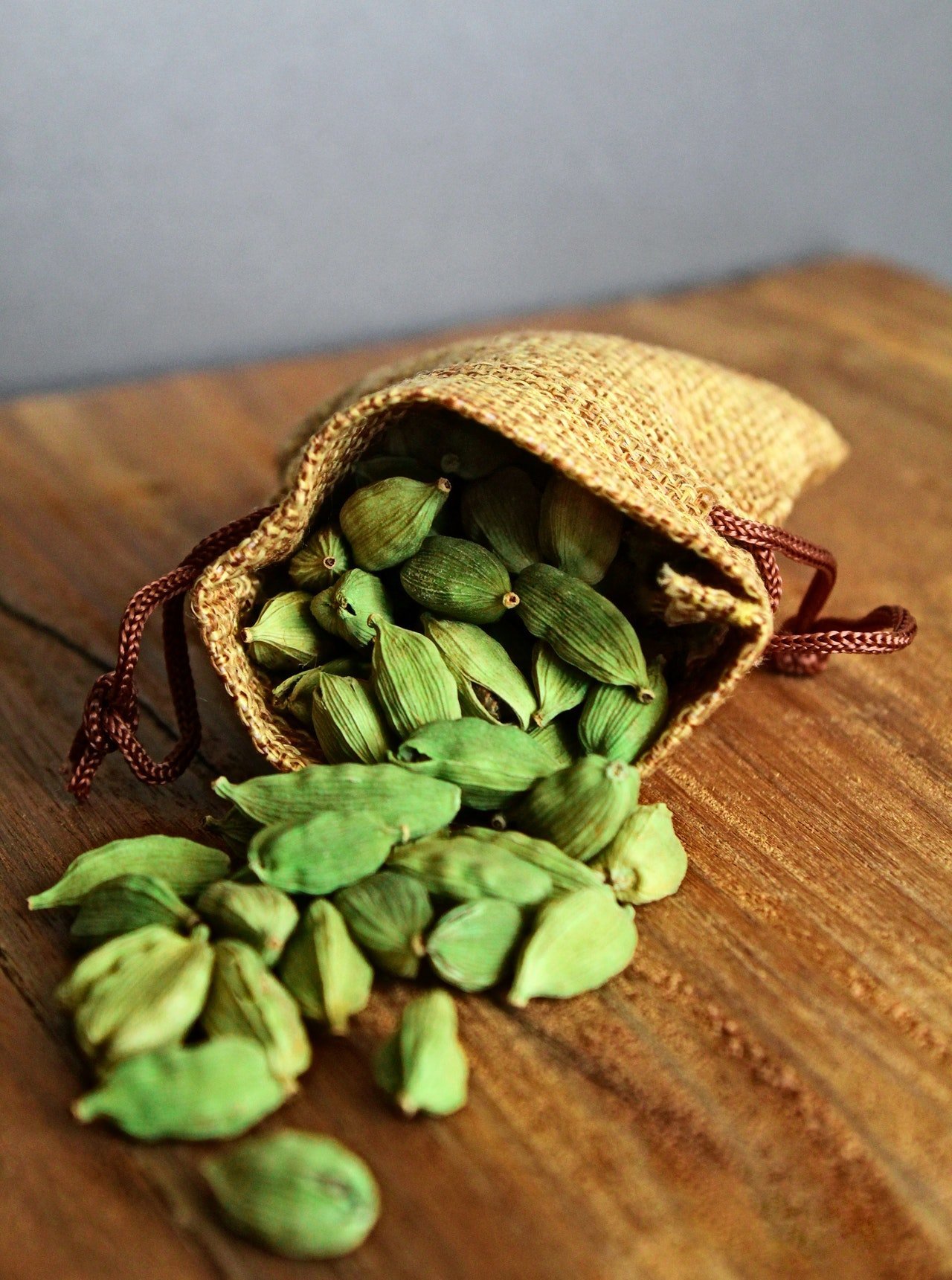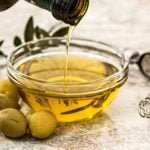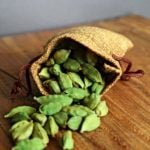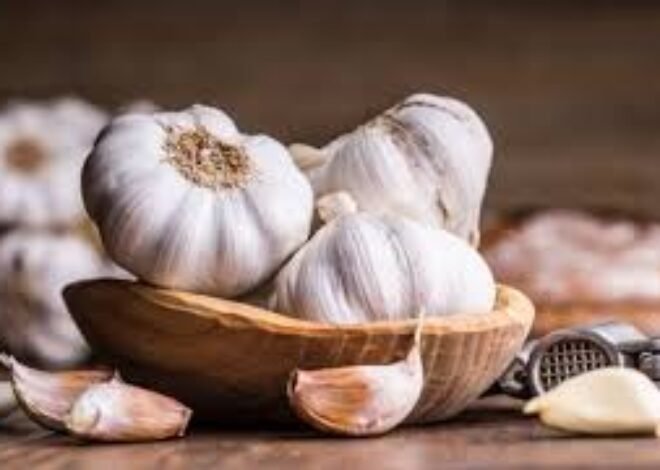
HEALTH BENEFITS OF Cardamom
Studies have shown that Cardamom holds high antioxidant content .It helps to prevent bad breath and stomach upsets. Various animal studies have demonstrated that cardamom has ulcer healing properties possibly due to H pylori eradication.

The best way to use it as a spice with food or after food intake it can help as a mouth freshner .It kills various bacteria in the mouth and prevents bad breath & dental caries.
It has diuretic properties and helps in control of blood pressure but chewing cardamom alone can not control blood pressure , a word of caution here.
Due to their high antioxidant contents cardamom extracts in animal studies have shown to increase the activity of natural killer cells that helps to ward off cancer . Human research to validate this data is awaited .
In another animal model cardamom extracts 50-100mg/kg was found to have anti-inflammatory properties (1).Thus regular use of this spice will help in chronic inflammatory conditions . Another animal study showed its impact to help in obesity , improvement in glucose intolerance (2)This has been shown to prevent liver enlargement , fatty liver and its consequences .
The bottom line is that cardamom is a very useful spice helpful in preventing bad breath , dental caries and stomach upsets . Its antioxidant contents may help in preventing chronic inflammatory disorders , liver enlargement
References
- Kandikattu HK, Rachitha P, Jayashree GV, Krupashree K, Sukhith M, Majid A, Amruta N, Khanum F. Anti-inflammatory and antioxidant effects of Cardamom (Elettaria repens (Sonn.) Baill) and its phytochemical analysis by 4D GCXGC TOF-MS. Biomed Pharmacother. 2017 Jul;91:191-201. doi: 10.1016/j.biopha.2017.04.049. Epub 2017 Apr 28. PMID: 28458157.
- Rahman MM, Alam MN, Ulla A, et al. Cardamom powder supplementation prevents obesity, improves glucose intolerance, inflammation and oxidative stress in liver of high carbohydrate high fat diet induced obese rats. Lipids Health Dis. 2017;16(1):151. Published 2017 Aug 14. doi:10.1186/s12944-017-0539-x
Join the mailing list!
Get the latest articles delivered right to your inbox!








